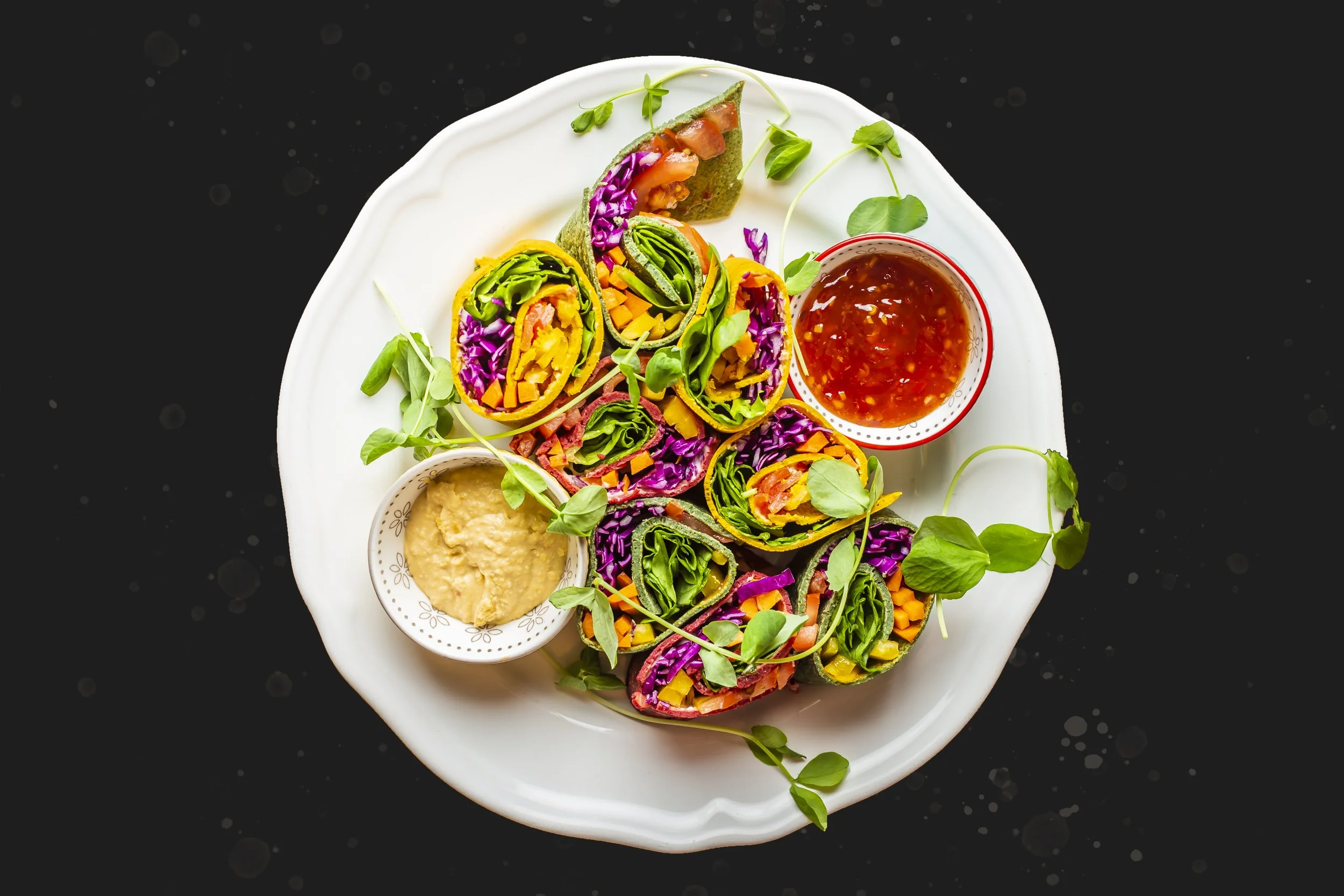As a professional food photographer, I cannot stress enough how important lighting is when it comes to capturing beautiful and enticing food photos. If you're using available indoor lighting to photograph food, you're setting yourself up for disappointment. The lighting in most indoor spaces is not controlled and comes from all directions, which can lead to unappetizing and unattractive photos. In fact, using indoor lighting can often taint the colors of the food, resulting in a lackluster final image.
I've seen so many food businesses try to take their own photos using the latest mobile phones and indoor lighting, and the results are almost always disappointing. These photos look unappetizing, and they're a major turn-off for potential customers. The truth is, indoor lighting is often designed to make a room look attractive, not to photograph food. If you want to capture mouthwatering photos of your dishes, you need to take control of the lighting.
One of the best ways to do this is by using artificial lighting. I use a combination of softbox lights, ring lights, and other types of lighting to create the perfect environment for each shot. By using these tools, I can adjust the light to create the perfect balance of shadows and highlights, and I can manipulate the light to highlight certain aspects of the dish. This allows me to create a controlled environment that brings out the best in the food, resulting in stunning and appetizing photos.
In summary, if you want to capture beautiful and enticing photos of your food, you need to invest in proper lighting equipment. Using available indoor lighting is a recipe for disappointment, and it can result in unappetizing and unattractive photos. Instead, take control of the lighting and bring out the best in your dishes. Your customers will thank you for it!

